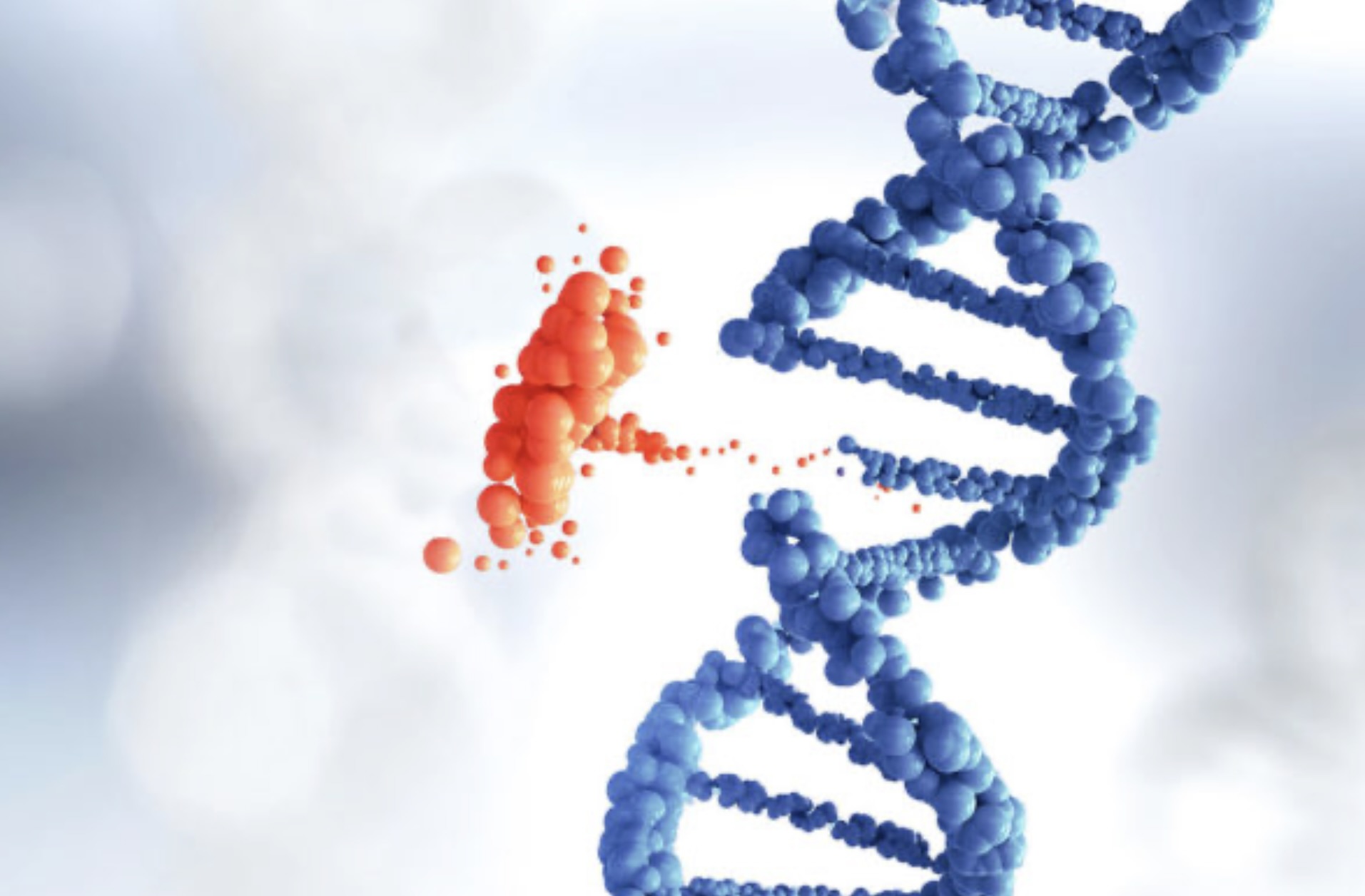Ectodermosis Erosiva Pluriorificialis: Symptoms, Causes & Treatment
What are the symptoms of ectodermosis erosiva pluriorificialis?
Ectodermosis erosiva pluriorificialis (EEP) is a rare genetic disorder characterized by erosions and ulcers affecting multiple mucous membranes, particularly those of the mouth, nose, and genitalia. The symptoms of EEP can vary widely among affected individuals, but common symptoms may include:
- Oral Erosions: Erosions and ulcers in the mouth are a hallmark symptom of EEP. These erosions can occur on the lips, gums, tongue, and inside the cheeks.
- Nasal Erosions: EEP can cause erosions and crusting inside the nose, which can lead to nasal congestion, nosebleeds, and difficulty breathing through the nose.
- Genital Erosions: Erosions and ulcers may also occur on the genital mucosa, including the vulva, vagina, and penis.
- Ocular Symptoms: In some cases, EEP may affect the eyes, leading to erosions and inflammation of the conjunctiva (conjunctivitis) or other eye-related symptoms.
- Skin Involvement: Some individuals with EEP may develop skin lesions, particularly around the mouth and nose, which can be painful and may crust over.
- Scarring: Prolonged inflammation and healing of the erosions in EEP can lead to scarring, which may be particularly problematic in the genital area.
- Other Symptoms: Other symptoms that have been reported in individuals with EEP include dry mouth, dry eyes, hoarseness, and difficulty swallowing.
EEP is a chronic condition that can cause significant discomfort and may require ongoing management. Treatment for EEP focuses on relieving symptoms, preventing complications, and improving quality of life. Treatment may include the use of topical and systemic medications to reduce inflammation and promote healing, as well as measures to protect the affected mucous membranes from further irritation. In some cases, surgical intervention by healthcare providers may be necessary to address severe erosions or scarring.
What are the causes of ectodermosis erosiva pluriorificialis?
Ectodermosis erosiva pluriorificialis (EEP) is a rare genetic disorder, and the exact cause is not well understood. However, it is believed to be inherited in an autosomal dominant manner, meaning that a mutation in only one copy of the responsible gene is sufficient to cause the disorder.
EEP is thought to be caused by mutations in the TP63 gene, which provides instructions for making a protein that is important for the development of ectodermal tissues, including the skin, hair, nails, and mucous membranes. Mutations in the TP63 gene can disrupt the normal development and function of these tissues, leading to the characteristic erosions and ulcers seen in EEP.
It’s important to note that while EEP is believed to be caused by mutations in the TP63 gene, not all individuals with mutations in this gene will develop the disorder. The severity of symptoms can also vary widely among affected individuals, even among members of the same family. Additional research is needed to fully understand the genetic and molecular mechanisms underlying EEP.
What is the treatment for ectodermosis erosiva pluriorificialis?
Treatment for ectodermosis erosiva pluriorificialis (EEP) focuses on managing symptoms and preventing complications. Since EEP is a rare genetic disorder with no cure, treatment is aimed at relieving discomfort, promoting healing, and improving quality of life. Some treatment options may include:
- Topical Treatments: Topical medications, such as corticosteroids or immunomodulators, may be used to reduce inflammation and promote healing of the erosions and ulcers.
- Oral Medications: In some cases, oral medications, such as corticosteroids or other immunosuppressive agents, may be prescribed to help control inflammation and reduce symptoms.
- Oral Hygiene: Good oral hygiene is important to prevent infections and promote healing of oral erosions. Gentle brushing and flossing, along with regular dental check-ups, can help maintain oral health.
- Eye Care: For individuals with eye involvement, lubricating eye drops or ointments may be used to relieve dryness and discomfort.
- Genital Care: Careful hygiene and the use of barrier creams or ointments may help protect the genital mucosa and promote healing of erosions in the genital area.
- Nutritional Support: A balanced diet rich in vitamins and nutrients can help support overall health and promote healing.
- Pain Management: Pain medications, such as acetaminophen or nonsteroidal anti-inflammatory drugs (NSAIDs), may be used to relieve pain associated with erosions and ulcers.
- Psychological Support: Living with a chronic condition like EEP can be challenging, and individuals and families may benefit from psychological support and counseling.
It’s important for individuals with EEP to receive regular medical care and monitoring to address any new or developing symptoms and to ensure that treatment remains appropriate and effective. A team of healthcare providers, including specialists in dermatology, dentistry, ophthalmology, and other fields, may be involved in the care of individuals with EEP.




